Cycle for Better Health
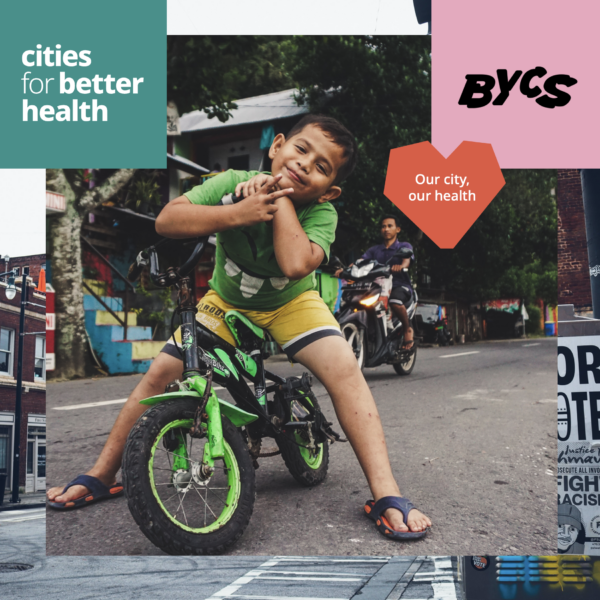
Cycle for Better Health is a multi-year partnership between BYCS and Cities for Better Health (formerly ‘Cities Changing Diabetes’) that seeks to increase the use of cycling amongst children. The pilot phase of this multi-year partnership occurs over approximately 15 months, beginning February 2024.
Challenge and Opportunity
Establishing healthy physical activity habits like cycling during childhood can have immediate and long-term benefits for people’s physical and mental wellbeing. Nevertheless, one-third of the world’s adult population and 4 in 5 children do not engage in sufficient physical activity, causing over 5 million preventable deaths annually.
Having an active way-of-life, such as cycling to school or work, is associated with a 10% reduction in risk of cardiovascular disease, a 30% reduction in risk of type 2 diabetes, and a 30% lower likelihood of cancer-related mortality.
In uniting the efforts of a leading health organisation such as Cities for Better Health, and an innovative mobility non-profit like BYCS, this partnership also seeks to bridge the gap between these two sectors, hopefully leading to greater collaboration towards shared goals. To this end, we seek to showcase the vital role of cycling in promoting physical activity and well-being within the health sector, and to highlight the numerous health benefits of cycling that are often overlooked within the mobility sector.
Approach and Link to Theory of Change
Overall objective: demonstrate how cycling as a mode of transportation can improve the overall health and well-being of children in select cities and communities if the right conditions are provided.
Target audiences: primary school-aged children (approximately 6-12 years old) and their caregivers residing in lower-income, vulnerable areas. This emphasis on these specific groups is related to their interconnected behavioural tendencies and the potential to instil healthy habits from an early age.
Geography: This project is initially being implemented in 3 cities in the 15-month piloting period. In each city, we work with a partner organisation who has strong ties to the community and who acutely understand the local barriers to cycling. With this work, we seek to build upon existing programmes in order to maximise the impact for the target groups and the broader public.
Approach: In order to increase the use of cycling amongst children in each city, the programme addresses key barriers that prevent people from accessing the benefits of this mode of transportation. This approach – known as the ‘human infrastructure of cycling’ – focuses on the building blocks of awareness, education, access, and stimulation.
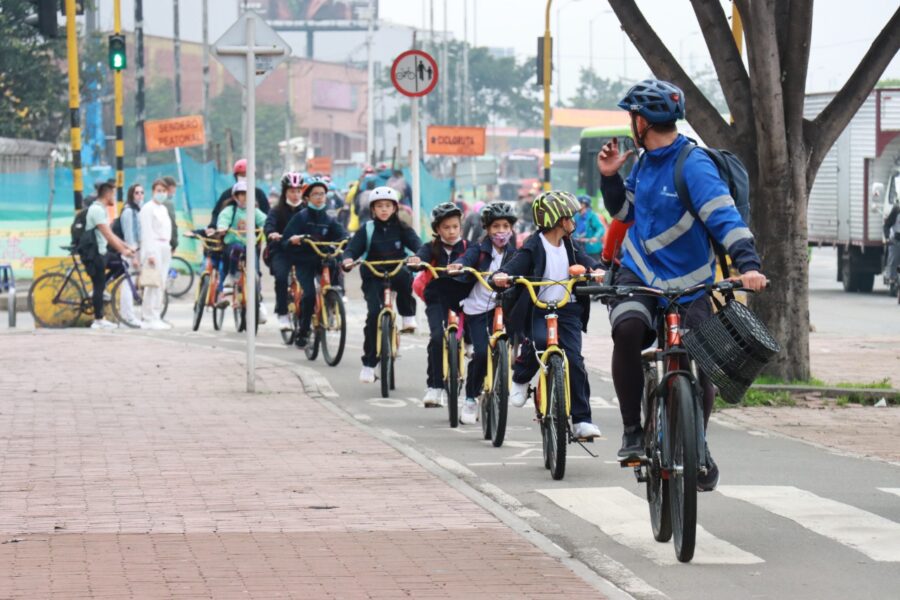
This project builds on the learnings and knowledge products from previous projects, especially the guide and toolkit developed as part of the ‘Increasing Access to Cycling Mobilities of Care’ project.
Access the ReportProject Phases
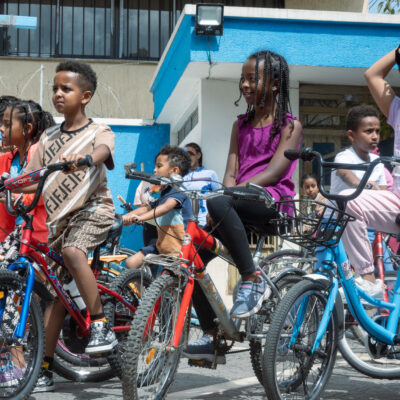
Phase one
Project framework formulation, including refining different methodologies to be tested and selecting implementation partners
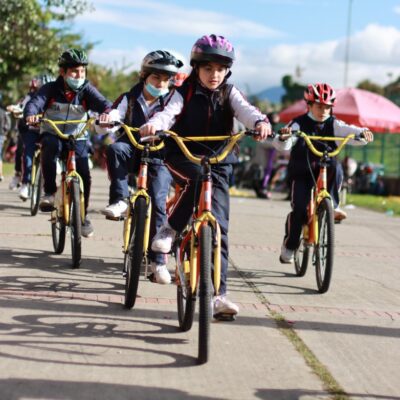
Phase two
Implementation and testing of methodologies, involving direct engagement with children by partners in 3 cities to increase cycling uptake
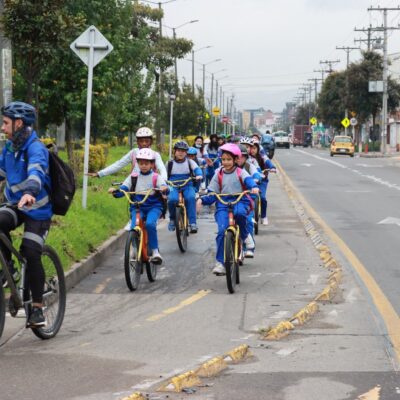
Phase three
Knowledge dissemination, including ongoing local and global advocacy campaigns, the publication of a policy brief, as well as conference presentations.
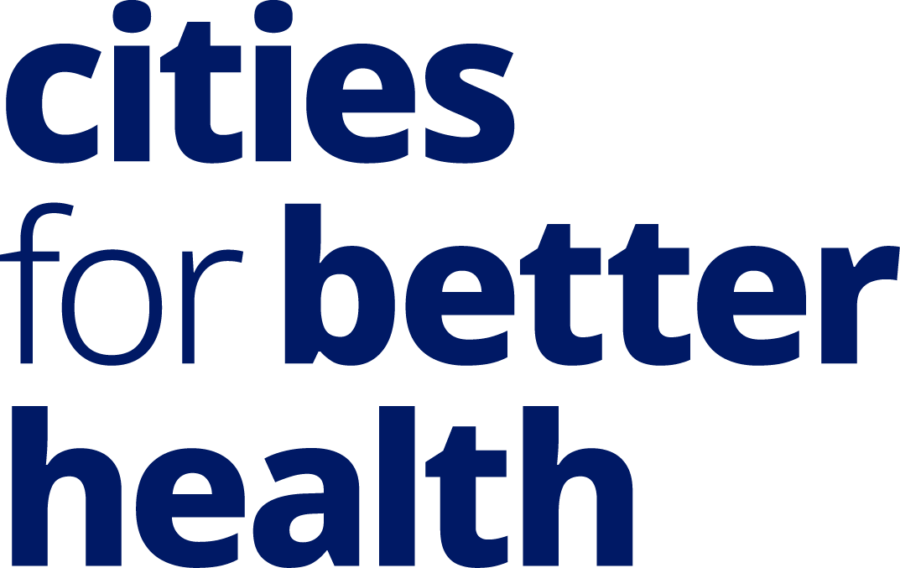
Project Manager – Daniela Gutierrez
Project Coordinator – Alex Baum
